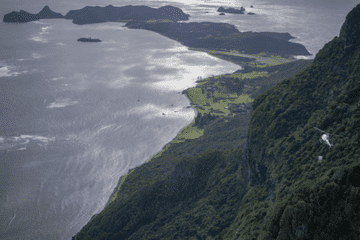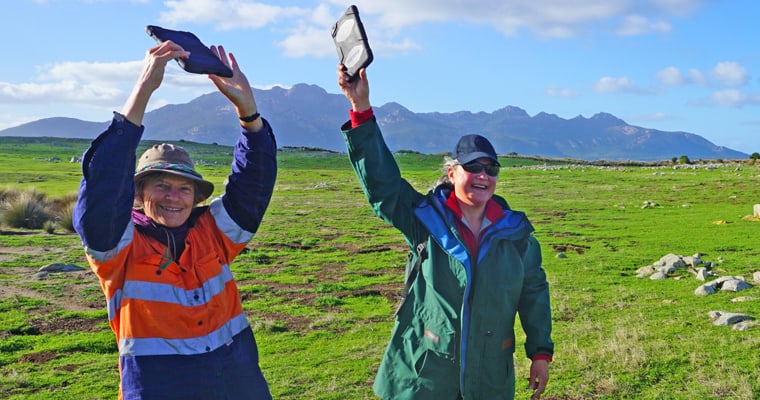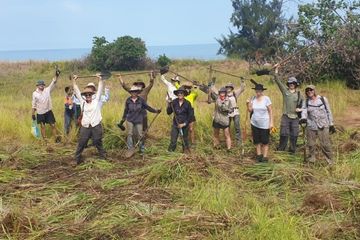Around the country, inspiring people are doing outstanding work to protect Australia’s native plants Northern Queensland’s once-vibrant symphony of chirping frogs and delicate ecosystems hang in the balance – their future under threat from ravenous supercolonies of yellow crazy ants.
‘I never hear frogs anymore, all the spiders have disappeared and I haven’t seen a snake in a long time. Big blue-tongued [lizard] fella used to live out front and he’s long gone. This place was a haven and now there’s nothing,’ said one Townsville resident earlier this year.
Although yellow crazy ants are tiny, they can swarm in great numbers, killing much larger animals like lizards, frogs, small mammals, turtle hatchlings and bird chicks. When their numbers hit super colony levels they can have a devastating impact on native wildlife and plants, upsetting entire ecosystems.
These highly invasive ants likely arrived in Australia via imports into our ports and airports. They are now established in several sites around Townsville, each threatening to create new outbreaks.
Their ability to raft downstream when it rains also poses a threat further afield.
Allowing these ants to spread could also put the state’s agricultural and tourism industries at risk while threatening the livelihoods and property values of local communities.
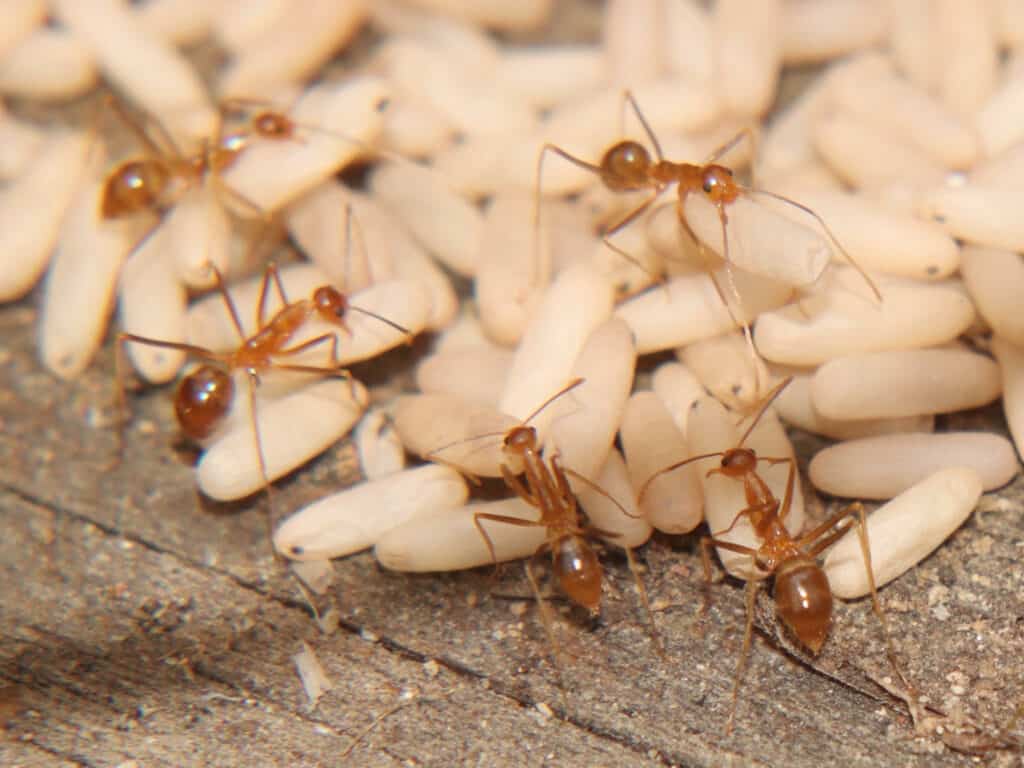
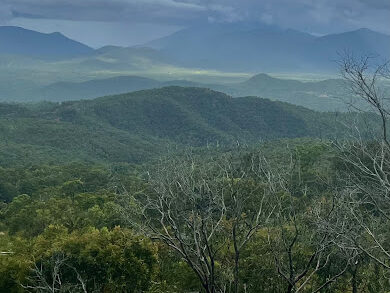
Photos by Malcolm Tattersall & Jessica Ward-Jones.
The good news? Thanks to your support during our 2022 federal election campaign, a yellow crazy ant eradication taskforce is now being established in Townsville. The new taskforce has made eradicating yellow crazy ants from Townsville a real possibility.
But there’s a catch. Eradication only happens if you find every single ant in the region. That’s where every set of eyes becomes invaluable.
Introducing Bug Hunt
That’s why we’ve created Bug Hunt to make it easy for every Australian to identify and report potential invasive insects like yellow crazy ants.
And Townsville is where we kicked it all off!
Anyone who’s in Townsville, Cairns, the Whitsundays, or surrounding areas can help the mission to eradicate these destructive ants through Bug Hunt. By taking photos using the iNaturalist citizen science app, you can help the eradication taskforce identify any locations yellow crazy ants have spread to.
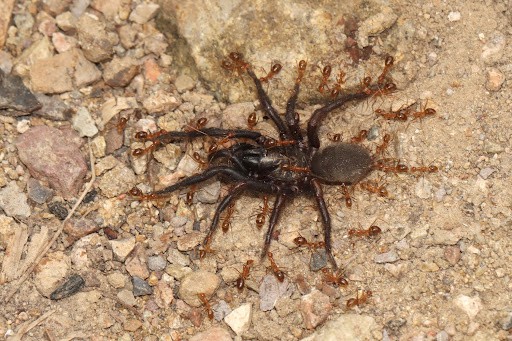
How it works
The best bit about Bug Hunt is you don’t have to be an expert at identifying insects to take part. And it’s all completely free!
Just use your phone to take a photo of any insect you find and upload it to the iNaturalist app. You can also take photos within iNaturalist if you want to save some time.
Once you’ve done that, the app’s image recognition system guesses what species you’ve seen and records a location for the observation. Then a community of experts confirms the identity of the insect for you. If it’s a concerning invasive species like a yellow crazy ant, the app will automatically alert the appropriate authorities.
If everyone in the Townsville region adds their photos of suspected yellow crazy ants, there’s a much, much greater chance all of their colonies can be found and eradicated.
Along the way, you can also take photos of other bugs you find, get them identified and learn more about the under-loved native insects in your area!
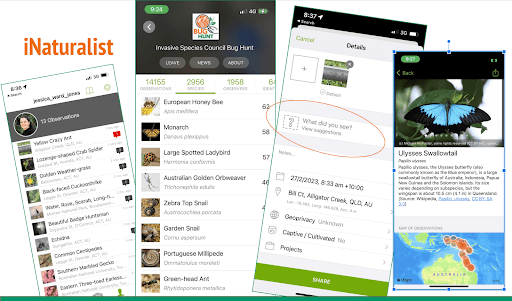
Join the Bug Hunt
If you don’t map weeds, you can’t manage weeds. That’s the simple principle that’s generated file upon
While Townsville was our testing ground, the Bug Hunt project is now available for you to join from anywhere in Australia.
Download iNaturalist on your phone or tablet, join the Bug Hunt project, then start taking photos of any insects you suspect might be invasive or just want to know more about.
They could be in your house or garden, at work or school, on a walk, at the playing field, in a national park, at the beach or anywhere else you notice a curious little critter. Pull out your phone, add a photo of it into iNaturalist, then let the AI and experts tell you what you’ve found.
In particular, we want you to add photos of any bees, ants and snails you come across. These three types of ‘bugs’ tend to fly, crawl and glide under the radar. That can be a bit of a problem because there are a lot of potential invasive bees, ants and snails that could pop up in your neighbourhood at any time without anyone noticing.
Taking part in Bug Hunt is an opportunity to learn about native bugs while also playing a vital role in protecting your community from invasive insects. So get hunting!

